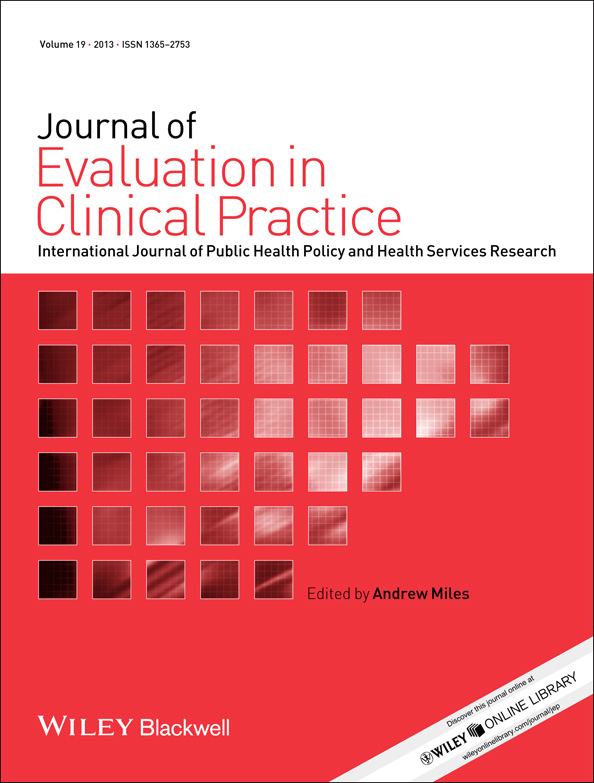Using balance statistics to determine the optimal number of controls in matching studies
Abstract
When a randomized controlled trial is not feasible, investigators typically turn to matching techniques as an alternative approach to evaluate the effectiveness of health care interventions. Matching studies are designed to minimize imbalances on measured pre-intervention characteristics, thereby reducing bias in estimates of treatment effects. Generally, a matching ratio up to 4:1 (control to treatment) elicits the lowest bias. However, when matching techniques are used in prospective studies, investigators try to maximize the number of controls matched to each treated individual to increase the likelihood that a sufficient sample size will remain after attrition. In this paper, we describe a systematic approach to managing the trade-off between minimizing bias and maximizing matched sample size. Our approach includes the following three steps: (1) run the desired matching algorithm, starting with 1:1 (one control to one treated individual) matching and iterating until the maximum desired number of potential controls per treated subject is reached; (2) for each iteration, test for covariate balance; and (3) generate numeric summaries and graphical plots of the balance statistics across all iterations in order to determine the optimal solution. We demonstrate the implementation of this approach with data from a medical home pilot programme and with a simulation study of populations of 100 000 in which 1000 individuals receive the intervention. We advocate undertaking this methodical approach in matching studies to ensure that the optimal matching solution is identified. Doing so will raise the overall quality of the literature and increase the likelihood of identifying effective interventions.




